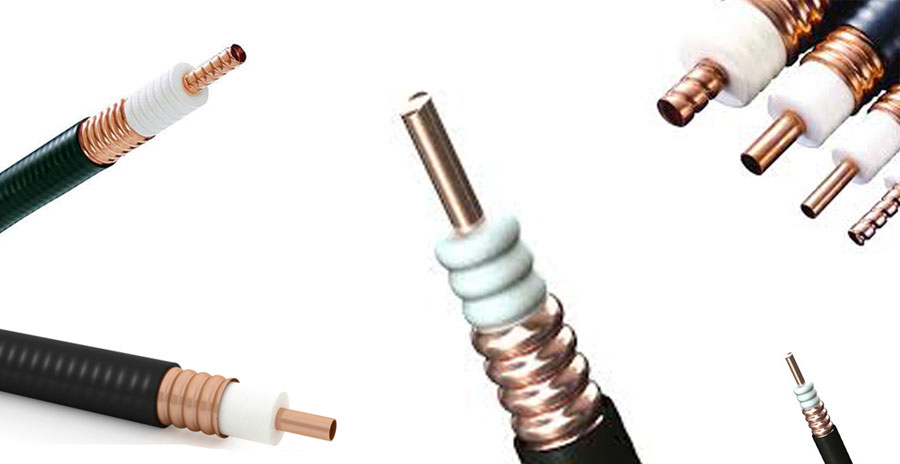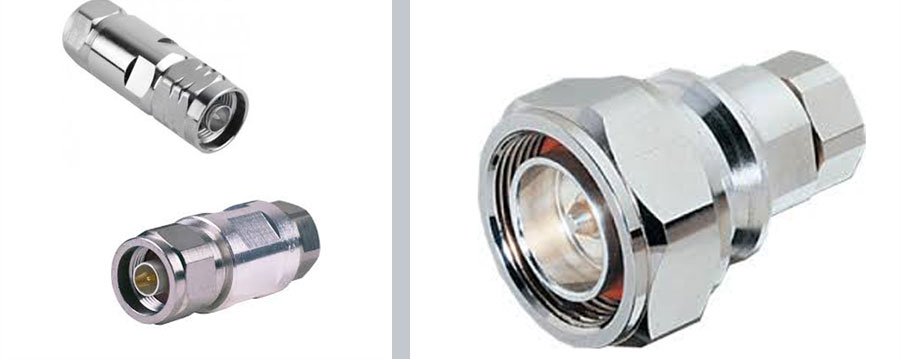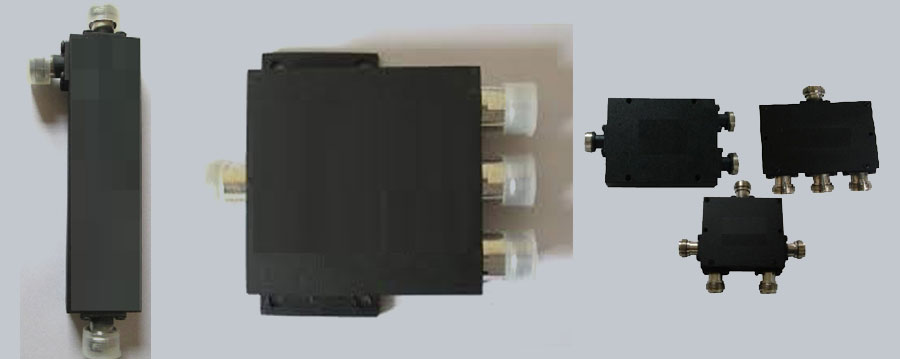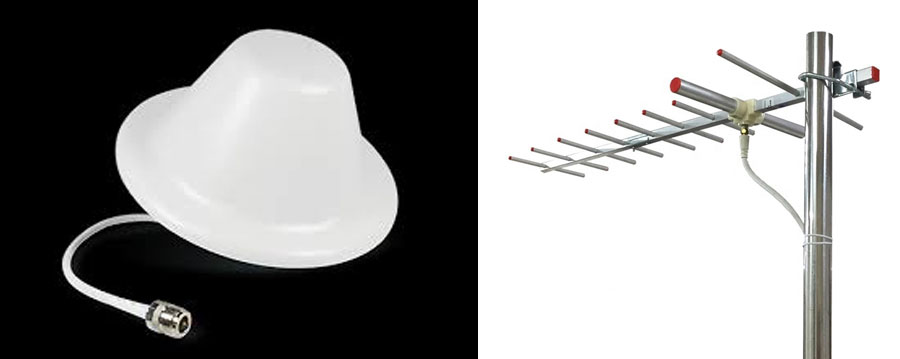RF Cables

Coaxial cables are used for the transmission of Radio Frequency energy where tight impedance and RFI/EMI control is required. This is particularly significant in 50- and 75-ohm RF and Microwave applications when signal loss and interference is detrimental to overall system performance. The common need in the Military/Aerospace market is for high performance cable assemblies that are electrically stable. Coaxial cable can support electromagnetic signal with various frequency as, RF and Microwave frequencies range from High Frequency (HF) 3-30 MHz, Ultra-High
Frequency (UHF) .3-3GHz, Super High Frequency (SHF) 3-30GHz to Extremely High Frequency (EHF)
-
30-300GHz. VARIOUS RF CABLES:
- ½” Coaxial normal feeder cable.
- ½” Coaxial radiating feeder cable
- 7/8” Coaxial normal feeder cable.
- 7/8” Coaxial radiating feeder cable
- RG 213 Coaxial cables
Coaxial Cable Connectors

Coaxial cable connectors are used to connect cables to other devices and are specifically designed to maintain the shielding on the cable. High-quality connectors offer reliable, long-lasting connections. There are two distinct connector styles; male and female. Male connectors have a protruding metal pin in the centre, whereas female connectors have a receptacle to receive that pin. Depending on the connector size and frequency, some may be sexless and mounted flush instead of mating. Within digital, video, audio, RF, and microwave industries, there are several varieties of coaxial cable connector types. Each offers unique benefits based on the end use or application.
Splitter/Coupler

RF power splitters / couplers are passive RF components used for splitting (or dividing) RF signals. Mini-Circuits power splitters include 2-way, 3-way and 4-way models for 50 Ohm and 75 Ohm systems. Couplers include 3 dBm, 5 dBm, 10 dBm and 20 dBm.
Indoor and Outdoor Antenna

An Antenna is a transducer, which converts electrical power into electromagnetic waves and vice versa. An Antenna can be used either as a transmitting antenna or a receiving antenna. A transmitting antenna is one, which converts electrical signals into electromagnetic waves and radiates them. A receiving antenna is one, which converts electromagnetic waves from the received beam into electrical signals. In two-way communication, the same antenna can be used for both transmission and reception. Indoor antennas are used to provide signal for indoor solutions and outdoor antenna for outdoor solutions.